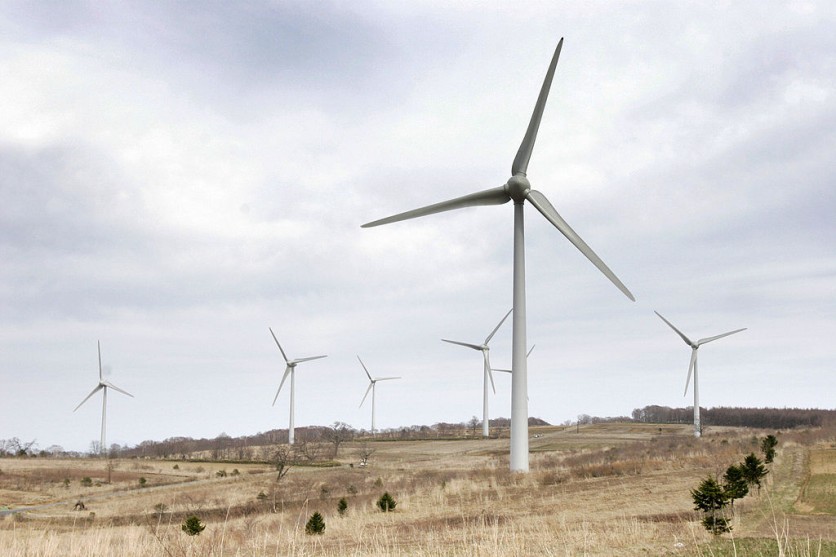Japan's first commercial offshore wind farm is now running, as reported by Electrek. The wind farm is a major milestone for the country as they transition to renewables.

The Offshore Wind Farm
The project has two wind farms called Noshiro and Akita. Noshiro Port offshore wind farm is located in the Sea of Japan, in Akita Prefecture. It has 20 4.2 MW wind turbines, while Akita has 13 4.2 MW wind turbines.
Together, the two wind farms have 33 fixed-bottom Vestas wind turbines installed by UK offshore firm, Seajacks International.
The project can power approximately 150,000 homes as it delivers electricity to Tohoku Electric Power.
Currently, 25 percent of Japan's electricity comes from renewables, and now, it aims to install up to 10 GW of offshore wind capacity by 2030, then up to 45 GW by 2040. Also by the end of this year, Japan has pledged to end public financing for fossil fuel projects abroad.
If Japan continues its rapid shift to renewable energy, it could become a model for other countries. After all, Japan is the third largest economy and the third largest producer of greenhouse gases in the world.
The Rise of Offshore Wind Farms
Offshore wind farms are a vast improvement to land-based wind farms. They're cheaper and more reliable than their land-based counterparts.
Also, they're better equipped to deal with large scale power-generating companies, which is a huge advantage as more companies and countries come online.
The future of renewable energy is looking bright, and Japan is a case in point. Let's hope other countries are inspired by Japan's example and jump on board with more offshore wind farms of their own.
Wind Power
Wind turbines convert wind into electricity for your use. While the initial cost of a wind turbine is substantial, the amount of free electricity you get from your wind turbine will pay you back in a few short years.
Once operational, a wind turbine will pump out enough electricity to power your entire home. The electricity produced by your own wind turbine can help reduce your electric bills, add to your monthly budget, or both!
Most residential-sized wind turbines are 'grid-tied', which means that they are directly connected to the power grid. They feed any extra electricity they produce into the power grid and pull electricity from the grid to cover their own electricity needs if needed.
Also, while wind turbines do need some standard maintenance (like any other home appliance), they really don't need much. Not only is wind power inexpensive and easy to maintain, but it's also sustainable. Your wind turbine will continue to bring you years of totally free electricity.
Related Article: Giant Floating Wind Turbine Research to Begin in Japan; New Models 3x Larger Than Existing Ones

ⓒ 2025 TECHTIMES.com All rights reserved. Do not reproduce without permission.




